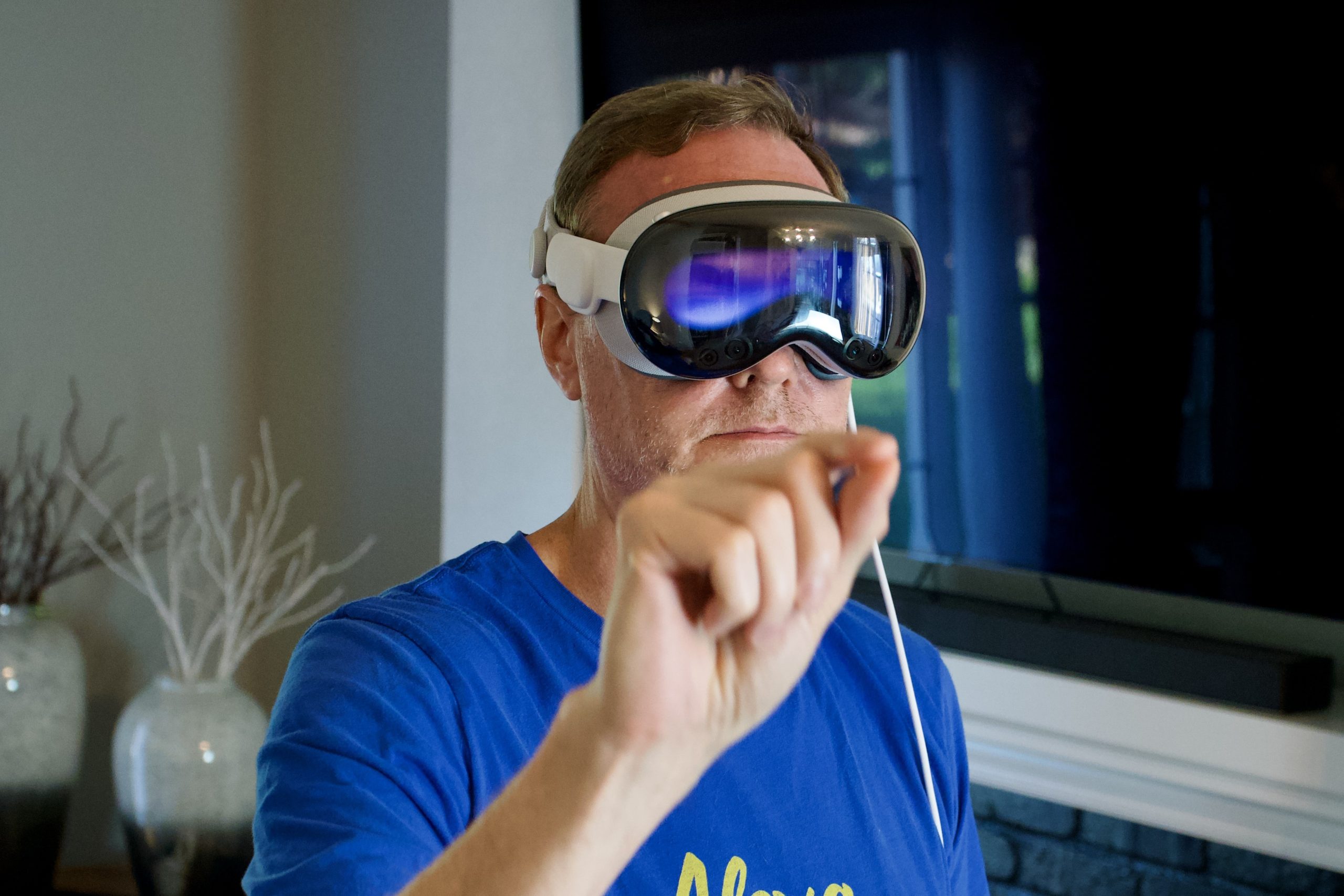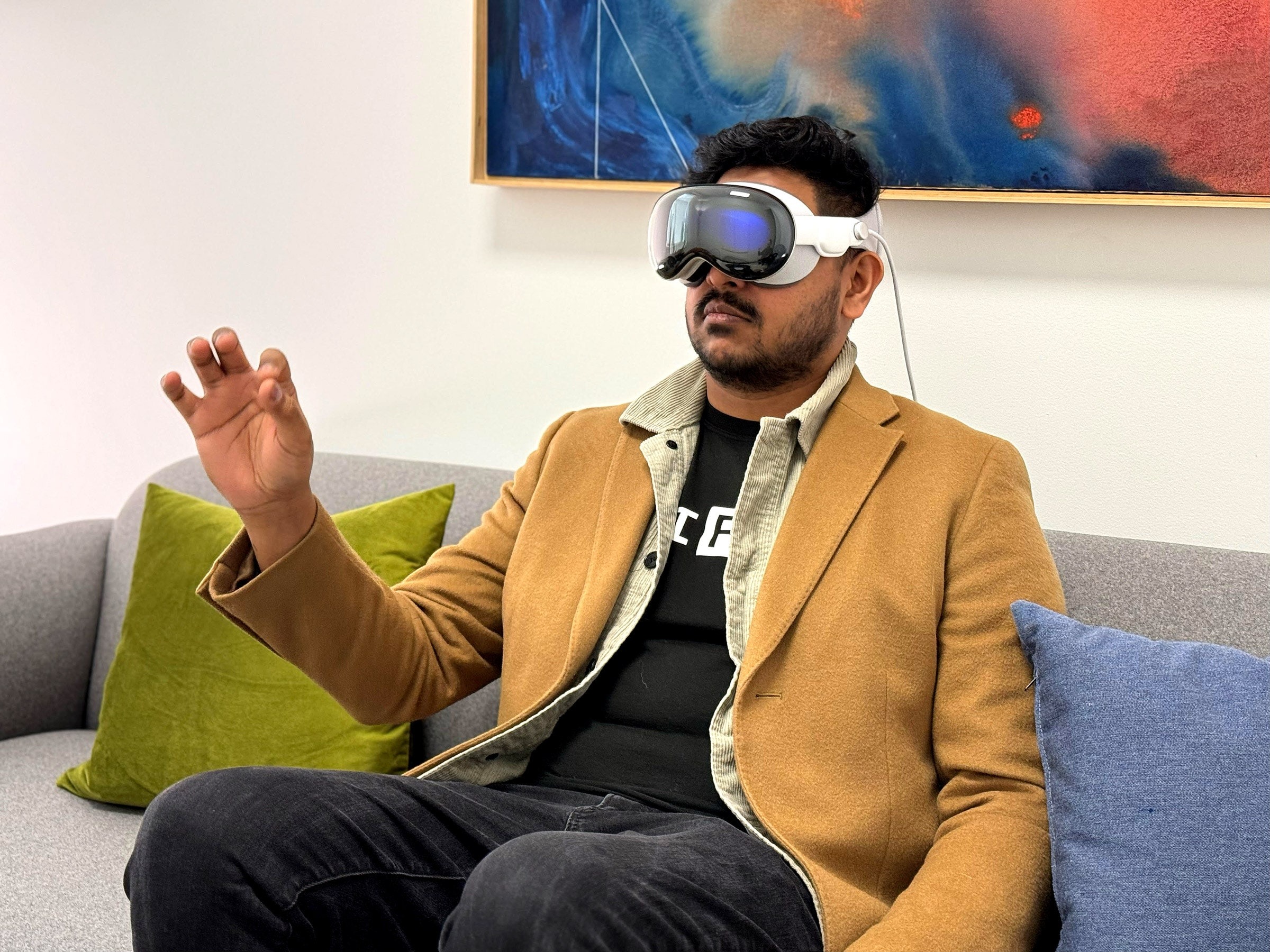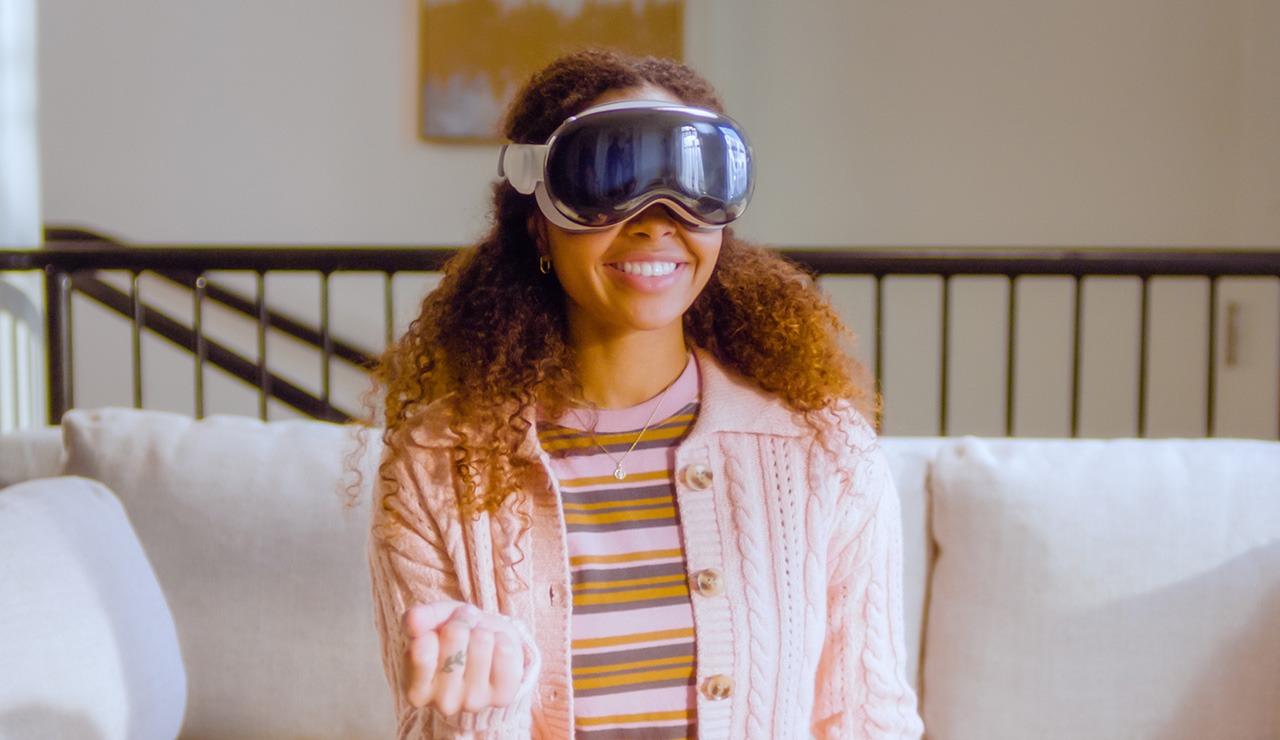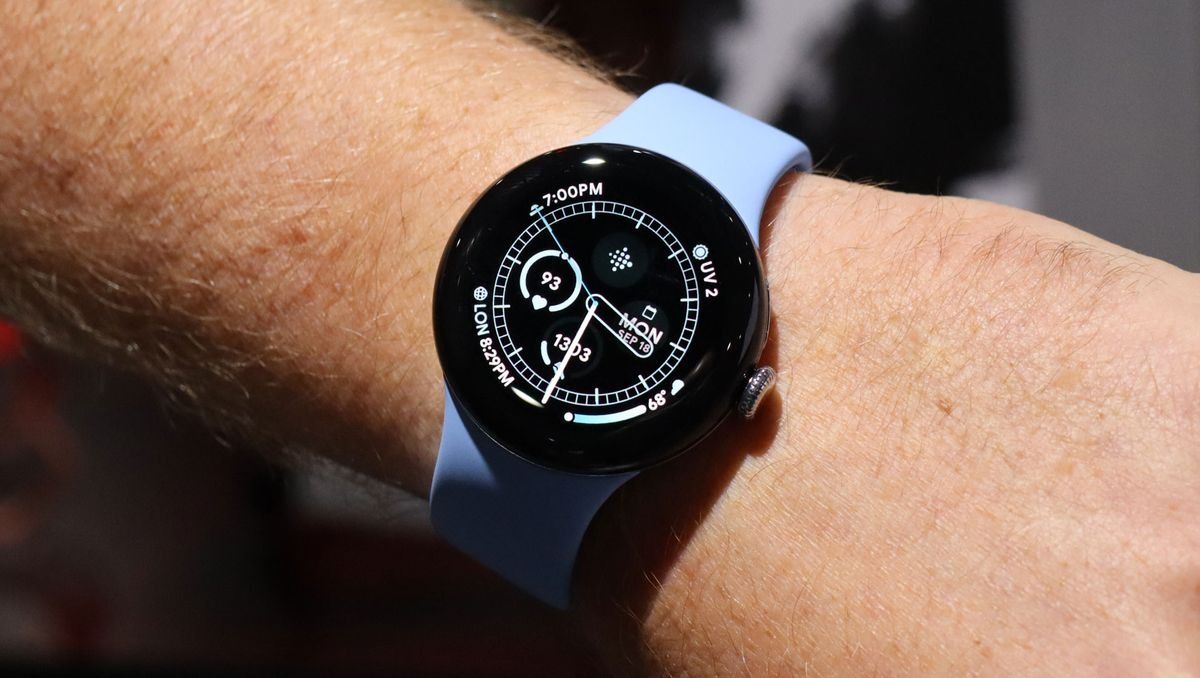Apple Vision Pro has made my eyes harder than ever. It’s not just because I have ultra-sharp and incredibly bright micro-OLED screens on my face: Vision Pro relies on eye tracking to navigate in VisionOS, its new “spatial computing” operating system. If you want to launch an application, access a link or simply do anything that usually requires mouse or touch screen input, your eyes will have to look directly at them.
It’s magical, almost telepathic. Vision pro’s eye tracking gives the impression that you are discovering the power of the force, a sensation that is excited by the intuitive hand gestures used to interact with what is focused on your eyes. But relying so much on your gaze, Vision Pro can quickly become tedious when you run into problems, such as trying to press a small catch on YouTube’s visually overloaded website. Eye strain is real.

This is the vision pro experience in a few words. Surprise and disappointment. A glimpse of the future limited by the existing hardware today, even if this hardware is one of the best we have seen.
Before you ask, no, you probably shouldn’t even think about buying an Apple vision pro. This is purely for developers, wealthy Apple fanatics, who will not hesitate to jump on the curiosity of 3,500 and, of course, influencers in pursuit of influencers. But you shouldn’t reject it completely. This is just the starting of Apple’s space computing adventure. Like the iPod and the iPhone before it, Vision Pro has the potential to radically innovate the way we live with technology.

This future is probably years away, assuming that Apple manages to offer a inexpensive and lighter headset. But it is fascinating to see that the company is defining a completely new direction of IT, without knowing where it is going.
What is Apple vision pro?
Despite Apple’s refusal to pronounce the word virtual reality, or even the letters V and R in that order, the Vision Pro is a virtual reality headset. What is unique about it compared to almost all other virtual reality headsets that we have seen in the last decade (with the exception of meta Quest Pro and Quest 3) is that vision Pro provides a real-world video stream to its micro-OLED screens. It’s a pretty low vision of reality — the colors are muted, the dark scenes seem blurry and distort objects when you move — but that’s what we’ve seen in the augmented reality (AR) of VR headsets.

The Vision Pro is not a purely AR gadget like Microsoft’s HoloLens and Magic Leap headsets, both of which display digital overlays on top of transparent lenses. These devices offer a much more realistic augmented reality experience, as they do not need to recreate the real world using cameras. But they can never have the feeling of immersion that you get from a virtual reality headset, where your entire area can be occupied by digital environments. (Magic Leap is an attempt to solve the dimming display of 2. )



